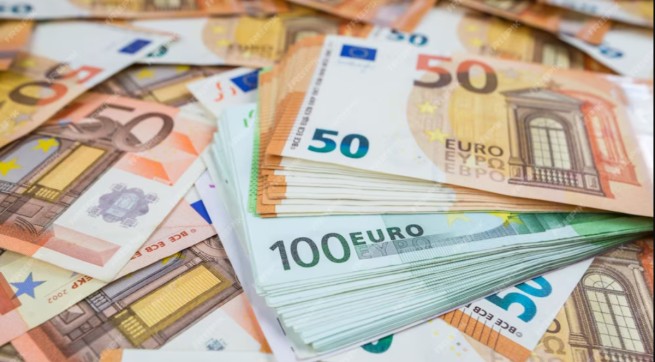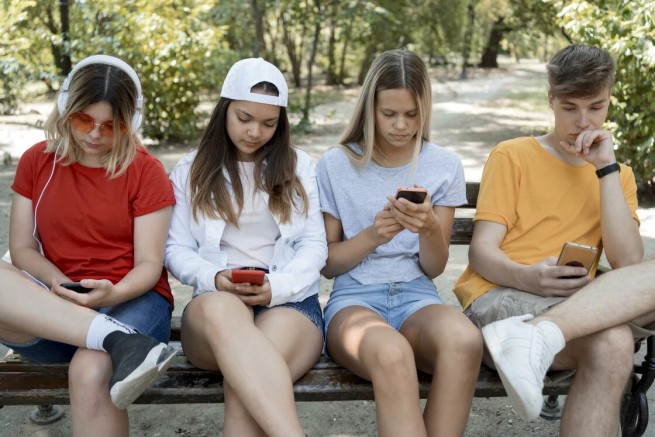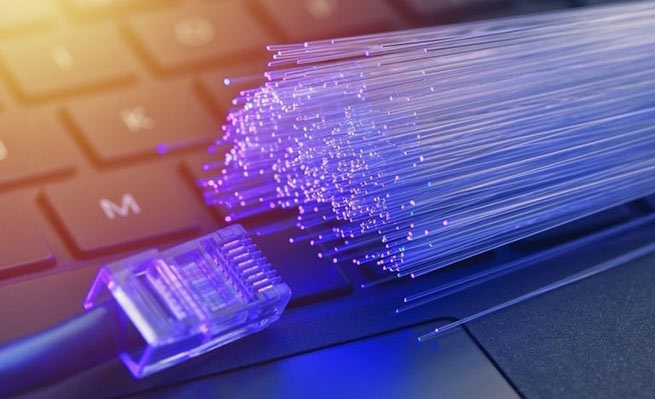The Ultra Fast Broadband (UFBB) mega-project is entering its final stage, which will cover more than 810,000 households and enterprises across the country with optical fibers.
After a delay of about a year since the selection of temporary contractors, the €870 million public-private partnership (ΣΔΙΤ) project is expected to be implemented soon.
In particular, in the near future (within the coming weeks) contracts will be signed with two UFBB contractors, ΟΤΕ and TERNA Energy – “Grid Telecom”, which will pave the way for the issuance of new preferential vouchers for high-speed Internet connection to consumers. New FTTH connections will have speeds of at least 100 Mbps and can be upgraded to 1 Gbps immediately.
At the same time, the Gigabit Voucher Scheme campaign is expected to be implemented throughout 2023, which aims to make connections with download speeds of at least 250 Mbps more affordable for consumers and businesses, and with the ability to upgrade to 1 Gbps. The total budget for this action will be 100 million euros. In fact, the campaign will subsidize the initial one-time connection fee, as well as part of the subscription fee for a period of 24 months.
UFBB project
With UFBB, about 810,000 households across the country (mostly in non-commercial areas) will receive an internet connection of at least 100 Mbps, with the option to upgrade to 1 Gbps. This is a Ministry of Digital Governance project that will be funded by contractors (400 million euros) and the existing and new NSRF (another 300 million euros).
The project is owned by the General Secretariat for Telecommunications and Posts, and the customer is the Special Service for the Management and Implementation of the Information and Communication Technology Sector, established in the Ministry of Digital Management. The goal of UFBB is to meet the connectivity forecasts of the European Gigabit Society plan in a timely manner.
The UFBB is divided into seven geographic regions. If there were three tenders, as the Ministry of Digital Government originally wanted, two contractors would take on two regions and one would take on three. Now the project has two contractors (OTE and Grid Telecom – Terna Energy), one of which will be responsible for the deployment of broadband in four sub-areas of the project, and the other in three.
The two groups mentioned above were the only ones of the eight stakeholders that eventually submitted binding proposals, with Wind, Vodafone, PPC, AVAX, Mytilineos-METKA and Indracom left out of the process despite participating in the competitive dialogue phase.
Who deploys fast networks and in what areas
O.T.E. A contractor has been appointed to deal with zones 1, 3 and 7.
Geographical zone 1 covers the regional formations of Zakynthos, Arcadia, Corinthia, Messinia, Rhodopes, Drama, Ilia, Evros and Xanthi.
3rd – Heraklion, Rethymnon, Chania, Syros, Andros, Thira, Kea-Kythnos, Milos, Mykonos, Naxos, Paros, Tinos and Evia.
7th – Lassithi, Kalymnos, Karpathos, Kos, Rhodes, Phthiotis, Boeotia, An. Attica and Western Attica.
Joint venture Grid Telecom – Terna Energy. Winner for zones 2, 4, 5 and 6.
The 2nd geographical zone covers the regional units of Kastoria, Florina, Corfu, Pella, Pieria, Ioannina, Thesprotia, Preveza, Larissa, Magnesia and Sporades.
4th Lesvos, Ikaria, Lemnos, Lemnos, Samos, Samos, Ziou, Thassos, Kavala, Serres, Chalkidiki.
5th Ithaca, Kefallinia, Lefkada, Evrytania, Phokis, Thessaloniki, Kilkis, Achaia, Etoloakarnania.
6 Kozani, Grevena, Argolis, Laconia, Imathia, Arta, Karditsa, Trikala, Piraeus and the islands of Attica.
How fiber optics work
Optical fibers are short strands of plastic or glass, which, when combined into a set of 10 or 100 fibers, form a cable. This cable transmits digital data using light waves at a speed of 300,000 km per second! On one side of the cable is a transmitter that transmits light waves, and on the other side is a receiver. Optical fiber, as a separate thread, has the size of a human hair! These cables are surrounded by rubber or steel for greater protection and durability.
What is fiber to the home (FTTH)?
The term Fiber to the Home (FTTH) refers to the use of fiber to the home. Laying these fibers in personal space requires the installation of an infrastructure passing near the buildings (FttB – Fiber to the Building) that the provider intends to supply.
The main difference between optical fiber and the “classical Internet” – DSL – is that the first one transmits data at the speed of light, and the second – with the help of electricity, at the speed of a signal passing through electrical wires, which is significantly less than the speed of light. So the first connection is almost 100 times faster!
Fiber optic broadband technology is faster and more stable than a standard dial-up connection. With streaming, 4K content is available to you, with gaming becoming more demanding, with remote work becoming part of the daily lives of a large percentage of workers, the need for a constant and highly available connection is increasing.
High speeds and high availability are also required for augmented and virtual reality applications that are about to enter our daily lives, promising new experiences in entertainment, consumption, information, work and education.
It is worth noting that despite the rosy picture that the authors of the project promise, 80% of consumers in Greece have a real Internet speed that does not yet exceed 5-7 Mbps. About 10%, at best, 20 Mbps and about 5-10% higher speed – from 24 to 100 Mbps.







More Stories
EU employment record: Greece "stuck" in a low position
“Bonus” of 300 euros for the long-term unemployed
Turkish tourists choose Samos for their holidays